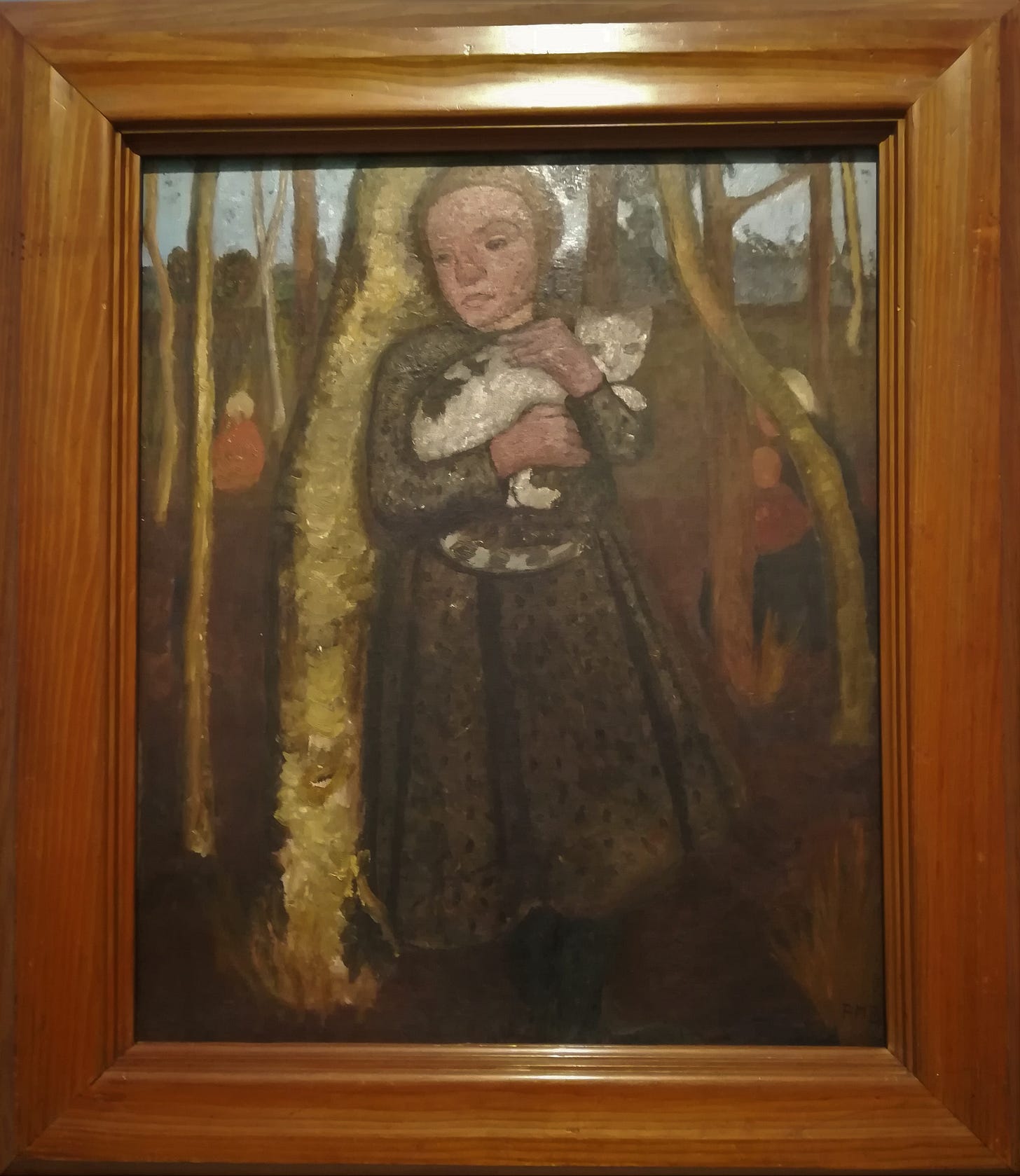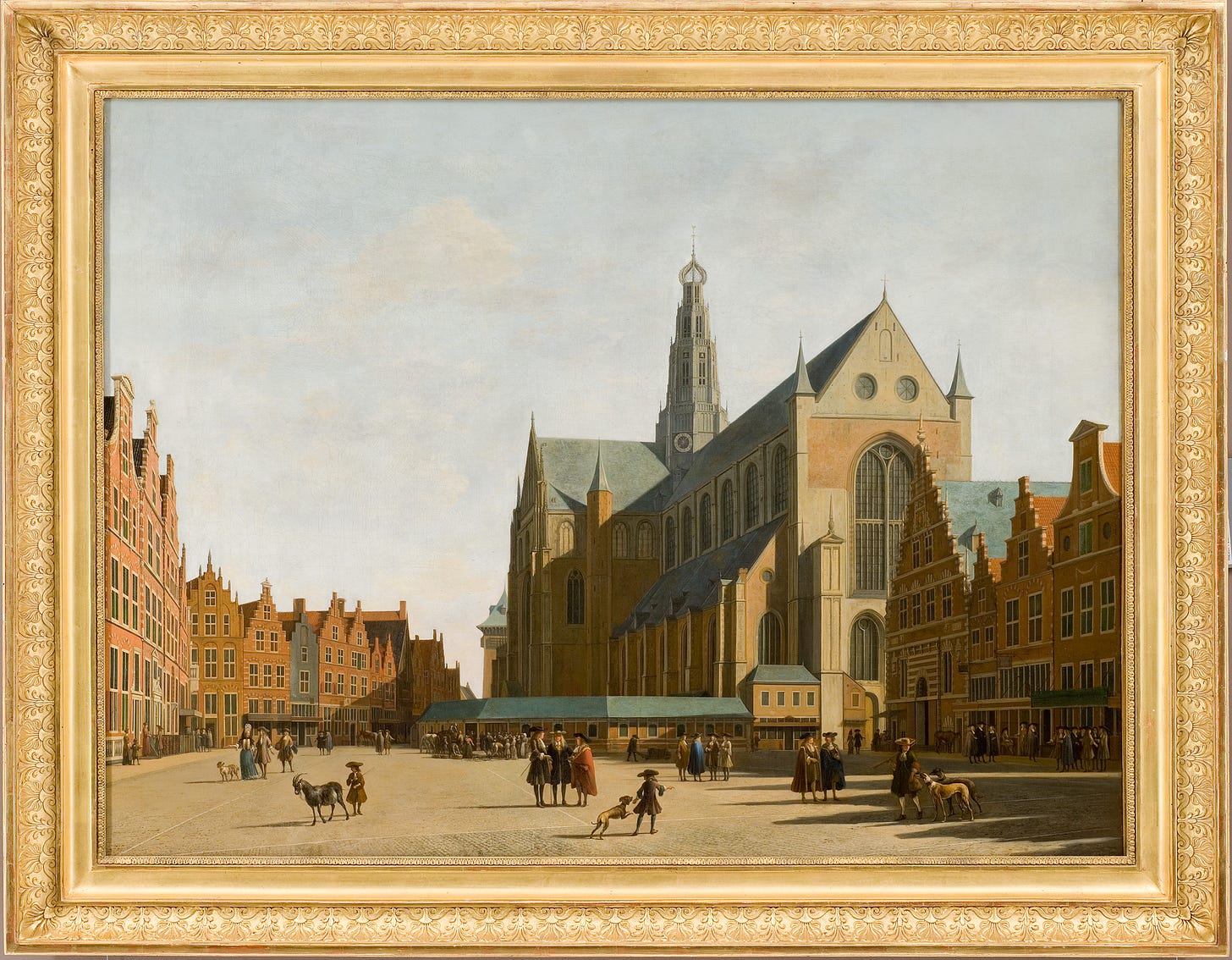“Doet wel en siet niet om.”
“Do and don’t look back.”
Dutch saying, inscribed on Tineke Smith’s house on Singelstraat, Middelburg (or as Louis Bonaparte, ruler of Holland between 1806 and 1810, said phonetically in French : “d’ou elle est ainsi ni d’homme”)
I have done, travelling for 61 days across 6,633km, through Italy, Slovenia, Hungary, Romania, Germany and the Netherlands, stopping in 26 villages, towns or cities. However, now writing from Paris, where I have landed for a short week, I am definitely still looking back.
Looking back, most recently, on the last leg of the journey, from the Netherlands to France. I had been led there all the way from Venice, where I had seen Tineke Smith’s artwork at the exhibition Personal Structures at the Palazzo Mora, organised by the European Cultural Centre. A few weeks later, I ended up in Middelburg, the capital of the province of Zeeland, at her house and exhibition centre on the Singelstraat. At her “Cultuurpodium” she invites artists every few months to present their work on a specific theme, and proposes a cultural programme involving music, dance and poetry. We met just as she was opening her new exhibition on the theme of resources.
The building she now occupies used to be part of the Zeeland Concert Hall. The high ceiling and open spaces are a reminiscence of the place’s previous use. We sat at the long dining table and shared drinks and snacks and conversation for a few hours. I was eager to hear about her piece I had seen in Venice, Le cri de la nature, composed of wood, lava, bronze, and epoxy. I was struck by the delicate elegance of the piece, the mix of materials, and the accompanying text describing her inspiration for it.
“This year leaves touched my soul, crept into my memory, into the database of my lived life, a bookmark in the Hebrew Bible. Words of yore, the vision of the prophet Isaiah: the sky rolled up like a scroll, stars falling down like leaves from a fig tree. The vault of heaven as a protective dome. The reverse, de-creation and de-literacy, the heaven disbanded, means the end of the story.
The stars fall from the firmament like leaves from a fig tree - our footing, centuries of our orientation in the desert and at sea, is getting lost. The future belongs to the conductor, transparent, who knows how to tune man and beast, plants and all things with one another.”
Wall text for Le cri de la nature
Tineke Smith, Le cri de la nature, 2022. Installation : Ornament for ashes 202, at the Palazzo Mora, Venice.
Last week, I wrote about art and war and Heinrich Vogeler’s plea for creation instead of destruction. In this instance, Smith’s art speaks to another type of destruction : the one human activity is causing of the natural world - looming climate change and ecological collapse. An apocalyptic scenario seems to await us, echoing for her Isaiah 34:4 :
“All the stars in the sky will be dissolved
and the heavens rolled up like a scroll;
all the starry host will fall
like withered leaves from the vine,
like shrivelled figs from the fig-tree.”
Withered leaves crumpled up like scrolls - the leaves she collected in autumn in her garden in the South of France, where she used to live. Through her artistic eye, the natural world around her enters in resonance with the biblical texts which inspire her - timeless and universal stories to which we still relate thousands of years after they were written. And under the artist’s hands, the fragile dry leaves are transformed into hard - yet delicate - shimmering shapes. Leaves, scrolls : the distinction between both are blurred… An echo to Róbert Lak’s work, where with Found in Nature and Found Nature he subtly points towards the similarities in form between pieces of wood found in the forest and human shapes.
That proximity with nature, the ongoing destruction of which we are responsible for, is also what drew Paula Modersohn-Becker to Worpswede (the former artists’ colony I visited a few weeks ago). She lived in the village intermittently from 1898 to her untimely death in 1907, painting landscapes of the surrounding countryside and portraits of the local peasants. She married Otto Modersohn, another artist of the colony, and became close friends with Clara Westhoff and her husband, the famous poet Rainer Maria Rilke. Happy times for her there. And as she wrote in her diary on 24th July 1897, after her first visit to the village :
"Worpswede, Worpswede, Worpswede! A sunken-bell atmosphere! Birches, birches, pines and old willows. Beautiful brown moor, exquisite brown! The canals with their black reflections, asphalt-black. The Hamme with its black sails, it's a WONDERLAND, a land of the gods .... !"
"Worpswede, Worpswede, Worpswede! Versunkene-Glocke-Stimmung! Birken, Birken, Kiefern und alte Weiden. Schönes braunes Moor, köstliches Braun! Die Kanäle mit den schwarzen Spiegelungen, asphaltschwarz. Die Hamme mit ihren schwarzen Segeln, es ist ein WUNDERLAND, ein Götterland …. !"
On my way from Worpswede to the Netherlands, I rushed through Bremen to visit her museum on the Böttcherstraße. Opened in 1927, it is the first museum in the world dedicated to the work of a woman painter - therefore one The Peripatetic Museum could not miss. The unique building, commissioned by the businessman and patron Ludwig Roselius, who owned a considerable collection of the artist’s work, was designed by the architect Bernhard Hoetger and is now considered one of the most important examples of Expressionist architecture in Germany. The museum houses many of Modersohn-Becker’s masterpieces, presenting her as a pioneering figure of modern European art. In this portrait of a young girl with a cat, you can see the shiny silver birch trees which inspired her and the other painters of the Worpswede colony.
Paula Modersohn-Becker, Girl in the birch forest with cat, ca. 1904, Paula Modersohn-Becker Museum, Bremen.
***
The day after visiting Tineke Smith’s exhibition space, I concluded The Peripatetic Museum’s journey in Haarlem, where I stayed in a rather comfortable hostel. (After two months of backpacking, my standard to qualify a hostel as comfortable has considerably lowered, simply implying : a bed in a room with a lock, a locker to store my belongings, and hot water.) I spent the day wandering around the old town with my friend Bart in the rain. Although, as a true Dutchman, he seemed to be putting up with the unfortunate weather much better than I was, despite my warm clothes, raincoat and scarf. As he says, quoting Bob Marley : “Some people feel the rain, others just get wet”.
Haarlem was a befitting place to finish The Peripatetic Museum. Walking into town from the station where Bart picked me up, we happened upon the marketplace, with a view of the Grote Kerk (Great Church). It was my first time in Haarlem but it was a view I knew well, since I had seen it many times in the Musée Fabre, in Montpellier. Indeed, Dutch painter Gerrit Berckheyde’s The Marketplace and the Saint Bavon Church in Haarlem (ca. 1690) was acquired by the museum in 1838, and now hangs on the ground floor of the permanent exhibition. I had always been struck by the painting’s clarity and its pleasing composition. Over the years, I had seen it many times, arresting every time my visit to stand in front of it for a while. Suddenly I was there, probably where Berckheyde must have been to sketch the scene. Not much had changed architecturally, but unlike in the painting, there were no goats to be seen. As we stood there, a car drove by the square - the most explicit indicator of change over the past few centuries. Its headlights glared in the drizzle. It drove by us quietly. And so, after starting The Peripatetic Museum by following Louis Gauffier to Vallombrosa, I finished by connecting back to the Musée Fabre with Gerrit Berckheyde, thus completing some kind of artistic circle.
Gerrit Berckheyde, The Marketplace and the Saint Bavon Church in Haarlem, ca. 1690, Musée Fabre, Montpellier.
© Musée Fabre de Montpellier Méditerranée Métropole - photographer Frédéric Jaulmes
The Marketplace and the Saint Bavon Church in Haarlem today
The last morning of the journey was spent enjoying what seemed like a luxurious buffet breakfast : fruit salad, yogurt, a boiled egg, cereal, Dutch Hagelslag, coffee, tea - hands down the most copious breakfast of the trip. I chatted with the other guests at the hostel : a French architectural photographer, a couple from Saint-Aunès (a village in the Hérault, just a few kilometers away from my hometown), and a Dutch man living in Paris, with whom I ended up passionately discussing Homer’s Odyssey. It is strange that the topic came up precisely on the day of my return to France. The story of Ulysses has always echoed with me when I have been away from home. There is something of the yearning for home which any traveller can identify with. He was surprised that I could identify with Ulysses. For him, the character represented the archetype of a man being led and guided by a woman, and not any woman : Athena, goddess of war and wisdom. Apparently, she guides many men (remember the owl on the pocket watch in Brașov ?).
Under some kind of guidance - although I doubt it was Athena’s - I returned to France, hopping from train to train : Haarlem to Paris through Amsterdam, Antwerp, Courtai, and Lille. Five trains and nearly seven hours. The Peripatetic Museum’s journey has come to an end but it feels like a beginning. Please stay around until next week, when I will publish the last article.
In the meantime, I would love to hear your thoughts on these weekly pieces. What have they inspired in you ? Did they open any new perspectives or offer new ideas for you to ponder ? What did you think of the travel, the art, and the people involved in The Peripatetic Museum ? What did you enjoy most ? What did you enjoy least ? I look forward to reading you. :)
ARTISTS







Quite some achievement for phase 1. I look forward to future phases laying bare the cultural circulation system of Europe.